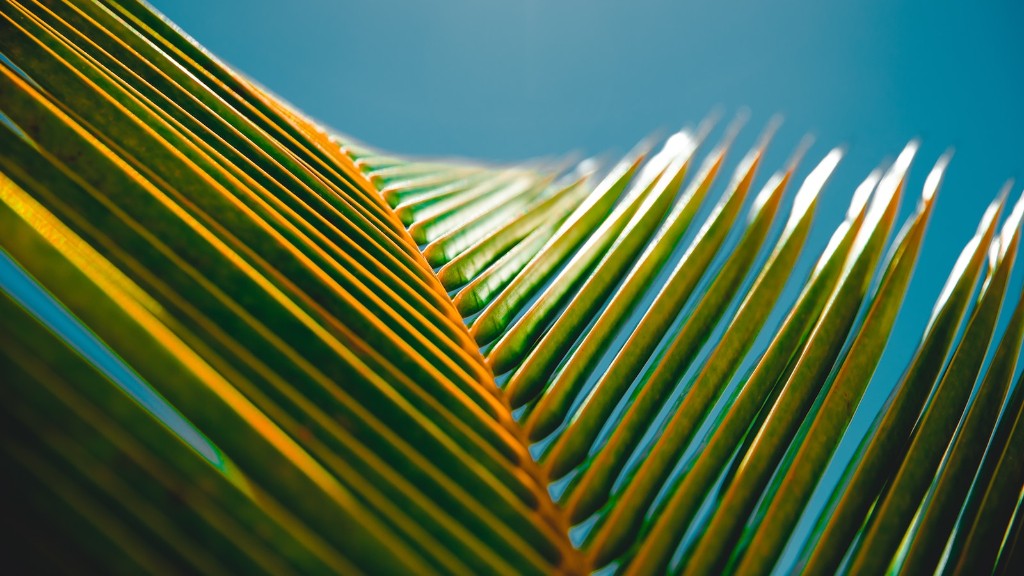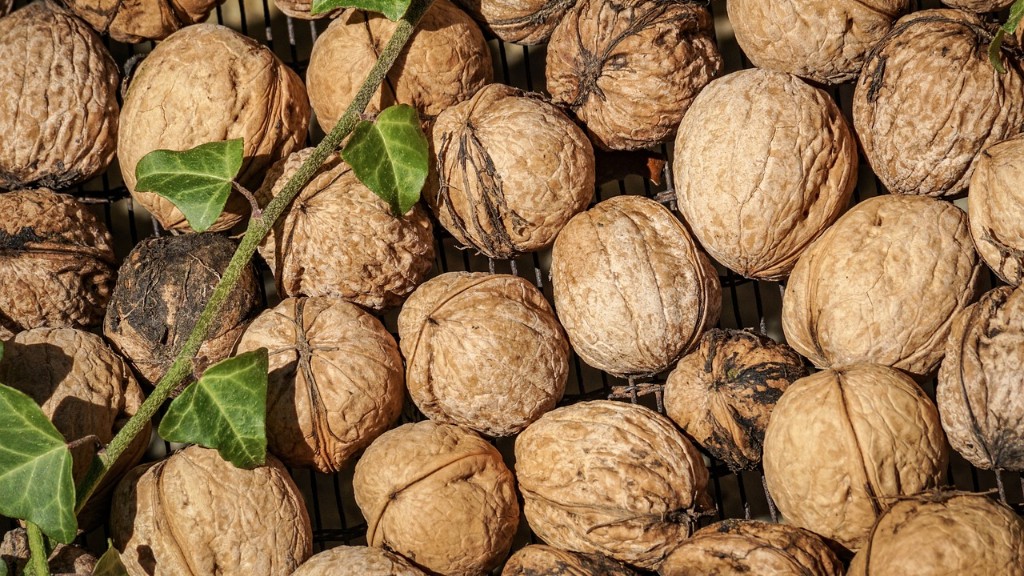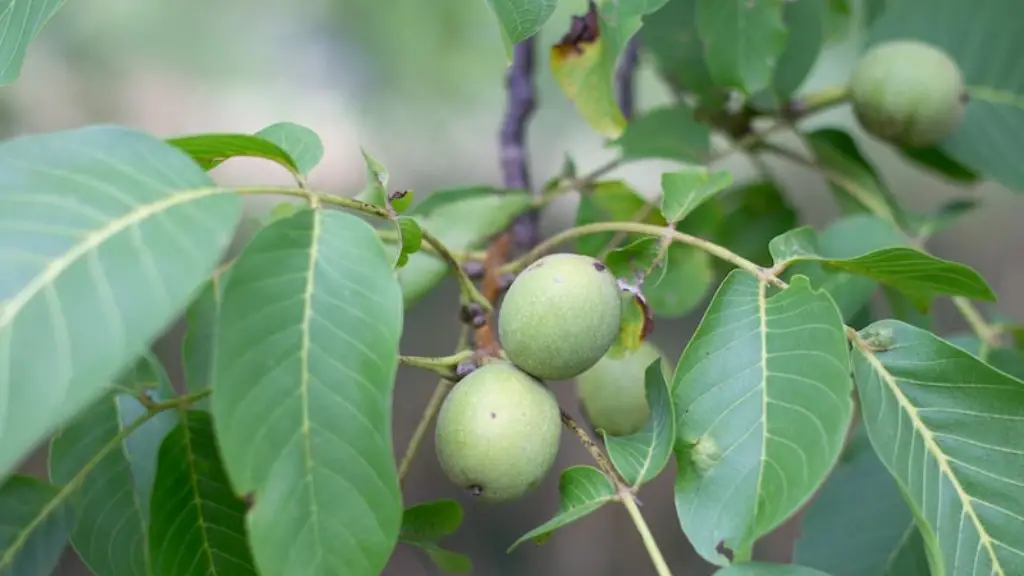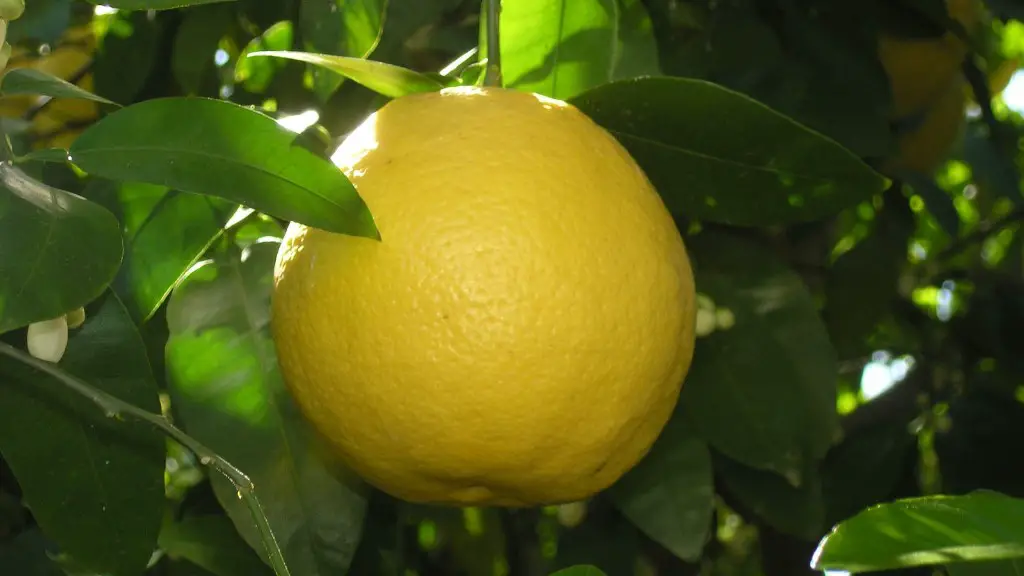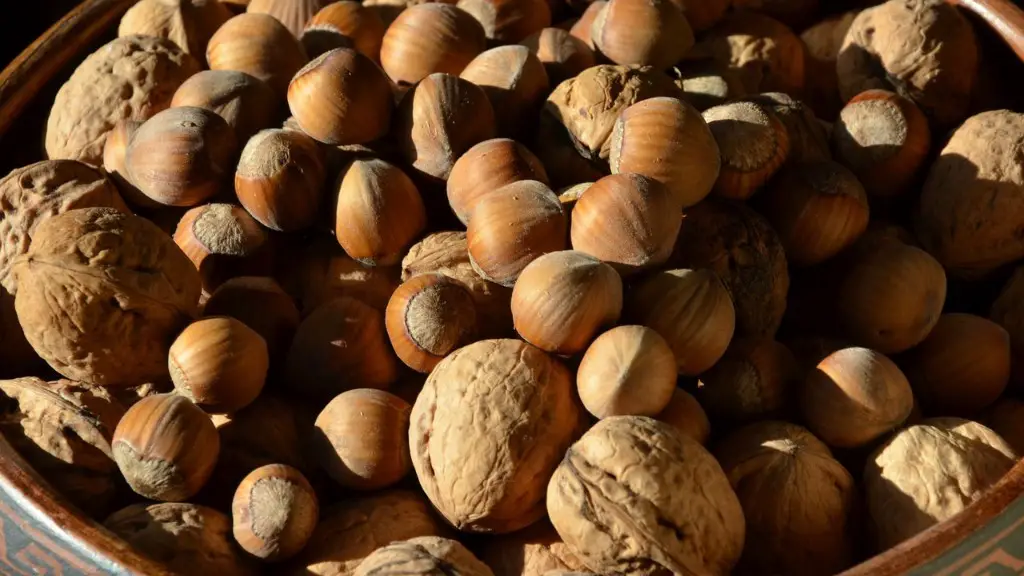Why Does a Palm Tree Turn Yellow?
There are a variety of reasons why a palm tree can turn yellow. Reasons may vary from air pollution, nutrient deficiencies, diseases, and pests, to poor irrigation and incorrect cultural practices. It is important to identify the cause of yellowing in order to take appropriate corrective measures. Generally, to determine why a palm tree is turning yellow the home gardener should consider both environmental factors such as the amount of sunlight, wind and water the plant is exposed to, as well as the cultural practices used on the plant.
In terms of environmental factors, many palm trees can suffer from air pollution and particles in the air that act as a nutrient barrier. Common pollutants that can damage palms include sulfuric acid rain, industrial smoke, and other airborne pollutants. Furthermore, high winds can cause some drying and yellowing of the fronds and insufficient irrigation can cause discoloration from dehydration stresses.
It is also important to identify deficiencies in nutrient uptake as causing yellowing of a palm tree. Symptoms of a nutrient deficiency in a palm tree can be seen in the yellowing or bronzing of the leaves. Common nutrient deficiencies that may cause a palm’s leaves to turn yellow or brown include a lack of Nitrogen, Magnesium, and Potassium. These can be remedied by applying a balanced fertilizer to the soil surrounding the tree.
In addition to environmental factors and nutrient deficiencies, there are also diseases that may cause yellowing of the fronds. One disease that can infect palms is Ganoderma butt rot. This disease is most commonly caused by water-borne fungi and is evidenced by yellowing of the leaves that can eventually dry out and die.
Finally, some pests such as caterpillars, mites, and fungus gnats may also cause yellowing of leaves on palm trees. These pests feed on the moisture and nutrient reserves of the tree, causing the leaves to turn yellow. Pests can be combated with regular pruning and applications of insecticides, and fungicides.
Expert Perspectives
When dealing with yellowing leaves on a palm tree, it is important to understand the perspectives from a number of experts. According to the University of California’s Palm Information Center, the first and most important step is to properly diagnose the cause of yellowing and then manage the situation.
The University of Florida’s Center for Aquatic and Invasive Plants indicates that yellowing palm leaves can often be caused by cultural practices, such as fertilizer application and over- pruning. It indicates that applying the right amount of fertilizer, in the right amounts and at the right times, can be beneficial to the health of the palm.
The Colorado State University offer advice emphasizing proper cultural practices and controlling environmental factors such as light and wind exposure. They suggest a more “natural” approach such as using the shade of other trees around the palm to help protect it from strong sunlight and strong winds.
The University of Arizona’s Plant Services Center reconfirms that proper cultural practices are important, such as providing adequate irrigation and amending the soil with some organic matter to encourage healthy growth.
Own Insights and Analysis
Having considered the perspectives of experts, it is also important to analyze the situation and develop one’s own insights. Based on observations, it appears that the most effective strategy for managing yellowing leaves on a palm tree is to consider both environmental factors and cultural practices together. Environmental factors such as air pollution, wind, and water can directly affect the health of a palm.
For example, air pollution can act as a nutrient barrier and prohibit nutrient uptake, resulting in yellowing leaves. It is necessary for home gardeners to properly identify and manage such environmental factors in order to optimize the health of the palm. In addition, it is important to recognize the importance of cultural practices such as correctly applying fertilizers, pruning, and adjusting irrigation. All of these practices can help to improve the health of the plant, reduce stress, and prevent problems such as yellowing leaves.
Nutrient Uptake and Deficiencies
Palm trees can often suffer from nutrient deficiencies, which can contribute to yellowing of their leaves. Nutrient deficiencies are typically caused by a lack of Nitrogen, Magnesium and Potassium in the soil. These deficiencies can be remedied by applying a balanced fertilizer to the soil surrounding the tree. Home gardeners should be aware of the potential effects of air pollution and other pollutants that can affect the efficiency of nutrient uptake, as well as the proper cultural practices for ensuring good nutrient uptake.
It is also important to correct any existing nutrient deficiencies. Generally, there are a number of methods for doing this such as soil testing, leaf tissue analysis, and the application of fertilizer. Home gardeners should choose the correct type of fertilizer for their plants, and apply the appropriate amount of fertilizer to the soil surrounding the tree. Once the nutrients have been provided, it is important to monitor the tree for signs of improvement in order to ensure that the newly added nutrients are being properly used.
Treating Common Diseases
Diseases can also be a cause of yellowing palms. Common diseases affecting palm trees include Ganoderma butt rot, Pythium root rot, and Fusarium wilt. Therefore, it is important to understand the signs and symptoms associated with each disease in order to properly diagnose and treat the affected palm trees.
Ganoderma butt rot is a disease caused by the fungus Ganoderma applanatum and is evidenced by discolored or yellowed leaves that can eventually dry out and die. This disease is usually caused by water-borne fungi and can be treated with the application of fungicides. Pythium root rot is caused by the fungus Pythium ultimum and is evidenced by yellowing, wilting leaves that may eventually die. This disease can be treated with a fungicide treatment focused on the soil surrounding the tree.
Finally, Fusarium wilt is caused by the fungus Fusarium oxysporum and is evidenced by yellowing, wilting leaves. Affected palms should be immediately removed and destroyed to prevent the spread of the disease. Once this has been done, the affected soil should then be amended with ammonia to help reduce the fungus population.
Managing Pests
In addition to environmental and cultural factors, yellowing leaves may also be caused by pests such as caterpillars, mites, and fungus gnats. These pests can feed on the moisture and nutrient reserves of the tree, resulting in yellowing leaves. Regular pruning, coupled with the use of pesticide, fungicide, and insecticide can help combat pest problems.
It is also important to consider cultural practices when managing pests. For example, ensuring proper irrigation, pruning, and fertilizing can all help to reduce pest populations. Home gardeners should be proactive in monitoring pests around their property and take appropriate action to reduce any infestations.
Conclusion
In conclusion, there are a variety of reasons why a palm tree can turn yellow and it is important for home gardeners to understand the causes and take appropriate corrective measures. A combination of environmental factors, nutrient deficiencies, diseases, and pests can all contribute to yellowing leaves. It is important to consider both environmental and cultural practices, such as correctly applying fertilizers and monitoring pests, in order to optimize the health of the palm tree.

